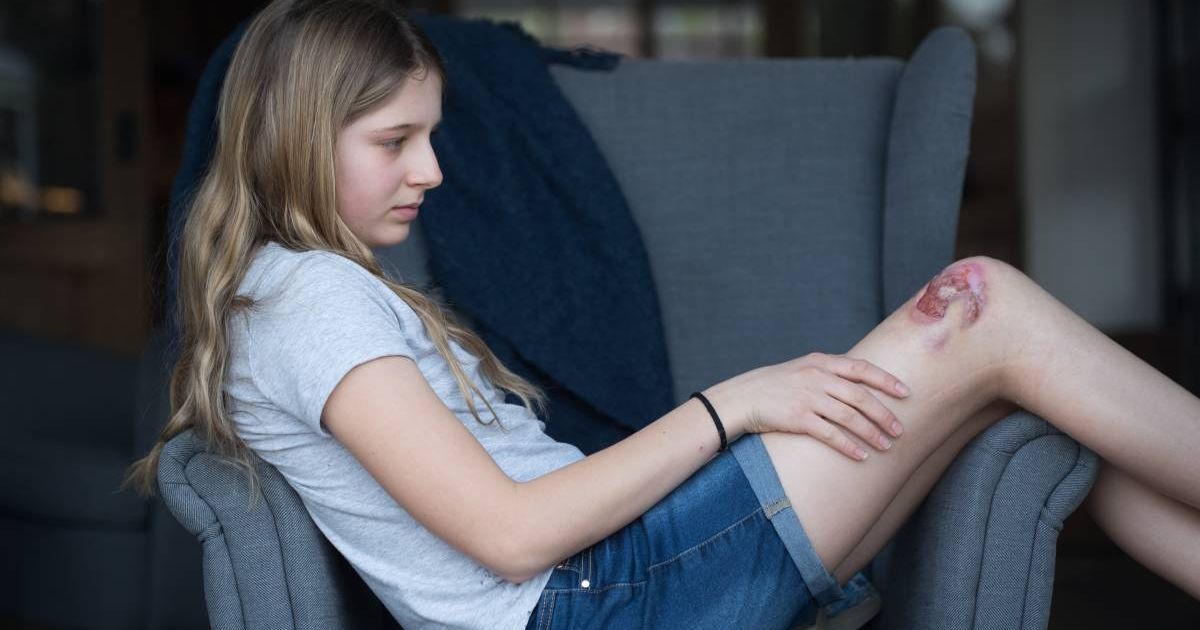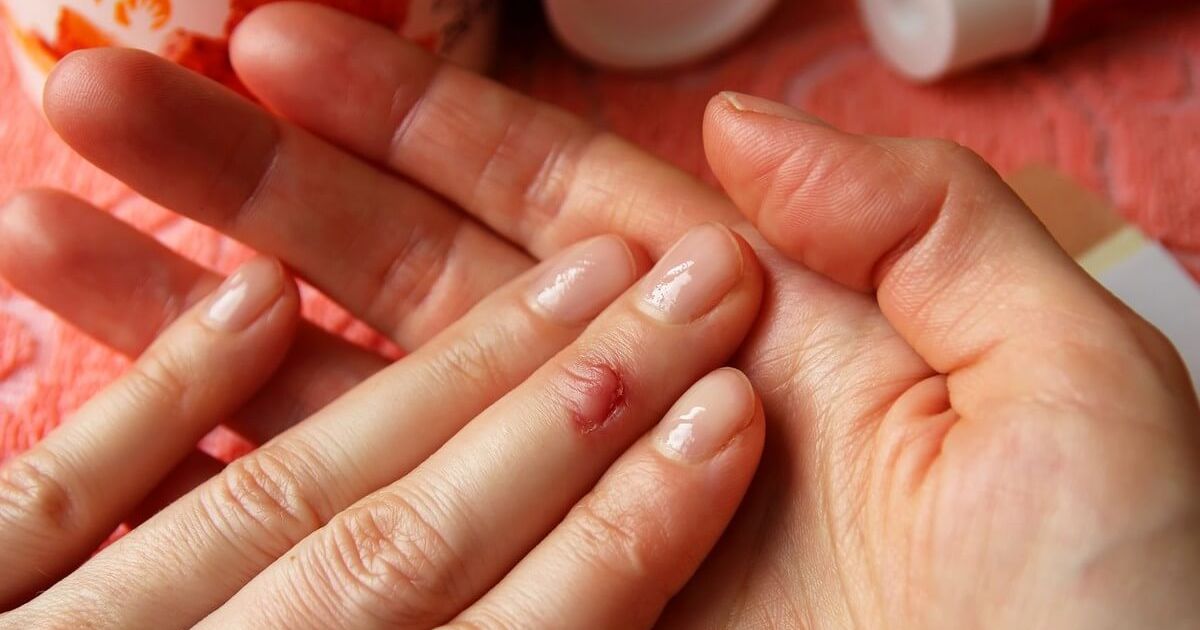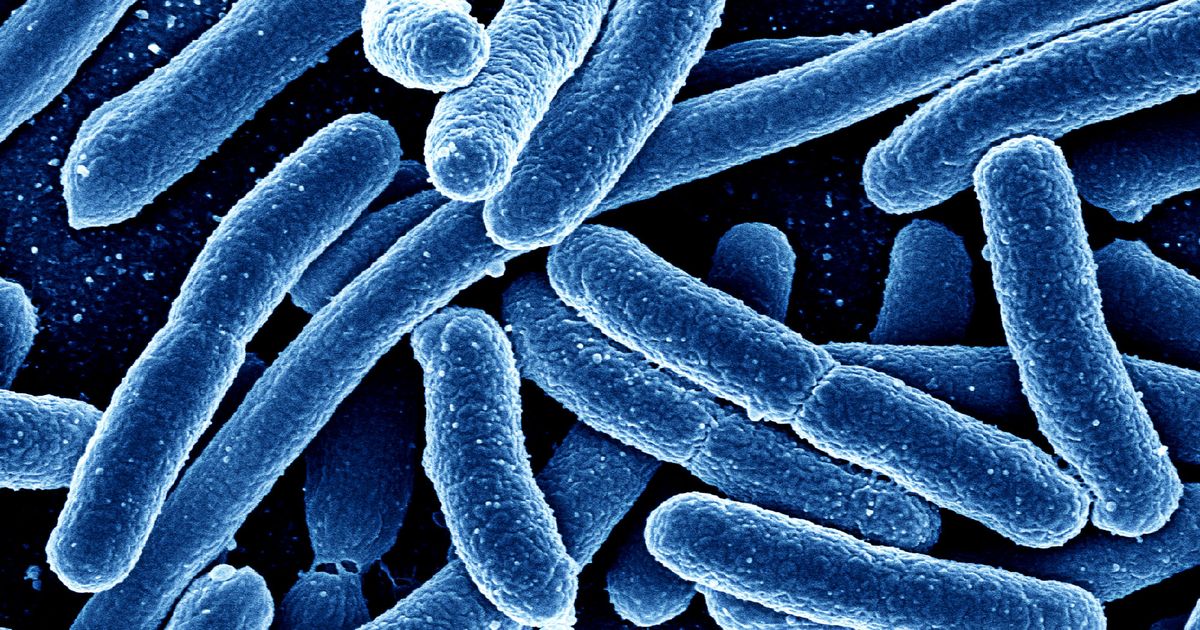What Is Buruli Ulcer?
A chronic debilitating disease, Buruli ulcer primarily affects the skin, but in severe cases, it can also spread to the bone. The condition is caused by an organism belonging to the same family of bacteria that causes leprosy and tuberculosis and is mainly found in countries in Africa, the Americas, Asia, and the Western Pacific. Presently, early diagnosis and aggressive treatment are essential for reducing morbidity and preventing long-term disability. So understanding a basic definition of what is it as well as signs and symptoms of the condition is crucial. Start reading now for a comprehensive guide!
What Is It?

Buruli ulcer, caused by Mycobacterium ulcerans, is a rare, exotic bacterial infection of the skin and soft tissue. While the full extent of the disease is unknown because only thirteen of the thirty-three affected countries regularly report data to the World Health Organization (WHO), there are an estimated five to six thousand cases every year.
Mycobacterium ulcerans produces a toxin known as mycolactone at the ulcer site. This toxin infects and destroys the skin and other soft tissues, forming large ulcers typically on the legs or arms. Individuals who are not treated early enough can end up dealing with long-term disability. Early identification and treatment are the only preventive measures for morbidity and disability.
Continue reading for details on the signs and symptoms.
Signs And Symptoms

The condition typically begins as a painless swelling on one of the limbs, which is known as a nodule. Alternatively, the condition may initially develop as a large painless area or plaque with or without swelling in the arms, legs, or face. The toxin produced by the bacteria that causes the ulcer allows it to spread with no pain or fever. If no treatment is given, the nodule or plaque will spread and ulcerate with roughly four weeks of the initial presentation, and once the ulcer forms, the characteristic undermined borders will become apparent. In some rare and aggressive cases, the disease will spread to the bone and cause significant deformities.
The disease initially presents as painless swelling in the skin and is shortly followed by more aggressive signs and symptoms, including the destruction of skin and soft tissue and one or several slow growing, typically painless ulcers. If antibiotics are not administered soon enough, the condition may lead to deformity, limited joint movement, bone infection, and bacterial infection in lesions.
Continue reading to discover the causes of this condition!
What Causes It?

As stated, Buruli ulcer is caused by Mycobacterium ulcerans, which produces a toxin that inhibits the immune system, allowing it to spread and cause mass tissue damage.
The exact mode of transmission of the bacterium is currently unknown. However, there is a possibility the disease may be transmitted to humans by certain insects that live in water. There is currently no known link between human and animal transmission of the disease, but some animals can get Buruli ulcer. In fact, laboratory research in Australia has confirmed Buruli ulcer in animals including horses, canines, alpacas, koalas, and opossums.
Continue to learn how Buruli ulcer can be prevented and treated.
Treatment And Prevention

Early diagnosis and treatment are crucial for the best outcome with this disease. Typically treatment involves antibiotics, though more aggressive options may also be required for extensive cases. If left untreated, permanent disfigurement or disability are very real possibilities.
Once diagnosed, doctors will administer antibiotics. The antibiotics used are intended to stop the growth of and kill the bacteria causing the ulcer. Some individuals may also apply self-care components, such as using a heating pad to soothe painful muscles and joints and aid in draining any existing skin infections. Self-care is not enough to kill the bacteria, though, and in some cases, surgery may also be necessary. Surgery typically includes skin grafting, which is removing a piece of skin from one section of the body and transplanting. This same technique is also often used to treat serious burns and wounds and has proven effective for repairing large, deep ulcers.
The treatment team will typically include an infectious disease doctor, pediatrician (if infants, children, or teens are affected), primary care provider, and surgeon. Each plays an important role in providing care for the patient.
There are currently no known treatment or prevention measures that can be applied to avoid the disease. This is in large part because the mode of transmission of the disease is unknown. However, the Bacillus Calmette-Guerin (BCG) vaccine appears to provide some level of protection and can act as treatment or prevention.
Continue to learn about risk factors.
Risk Factors

Although much remains unknown about the disease, some risk factors have been identified. Buruli ulcer is most common in countries with tropical, subtropical, and temperate climates. Likewise, the majority of cases are located in rural communities in sub-Saharan Africa. And of those diagnosed, nearly half of the individuals affected are children under fifteen. Specific risk factors for Buruli ulcer include climate, geographical location, and age. More research needs to be done to prevent Buruli ulcer further, but nonetheless, understanding the basics of the disease is important to manage morbidity and disability.